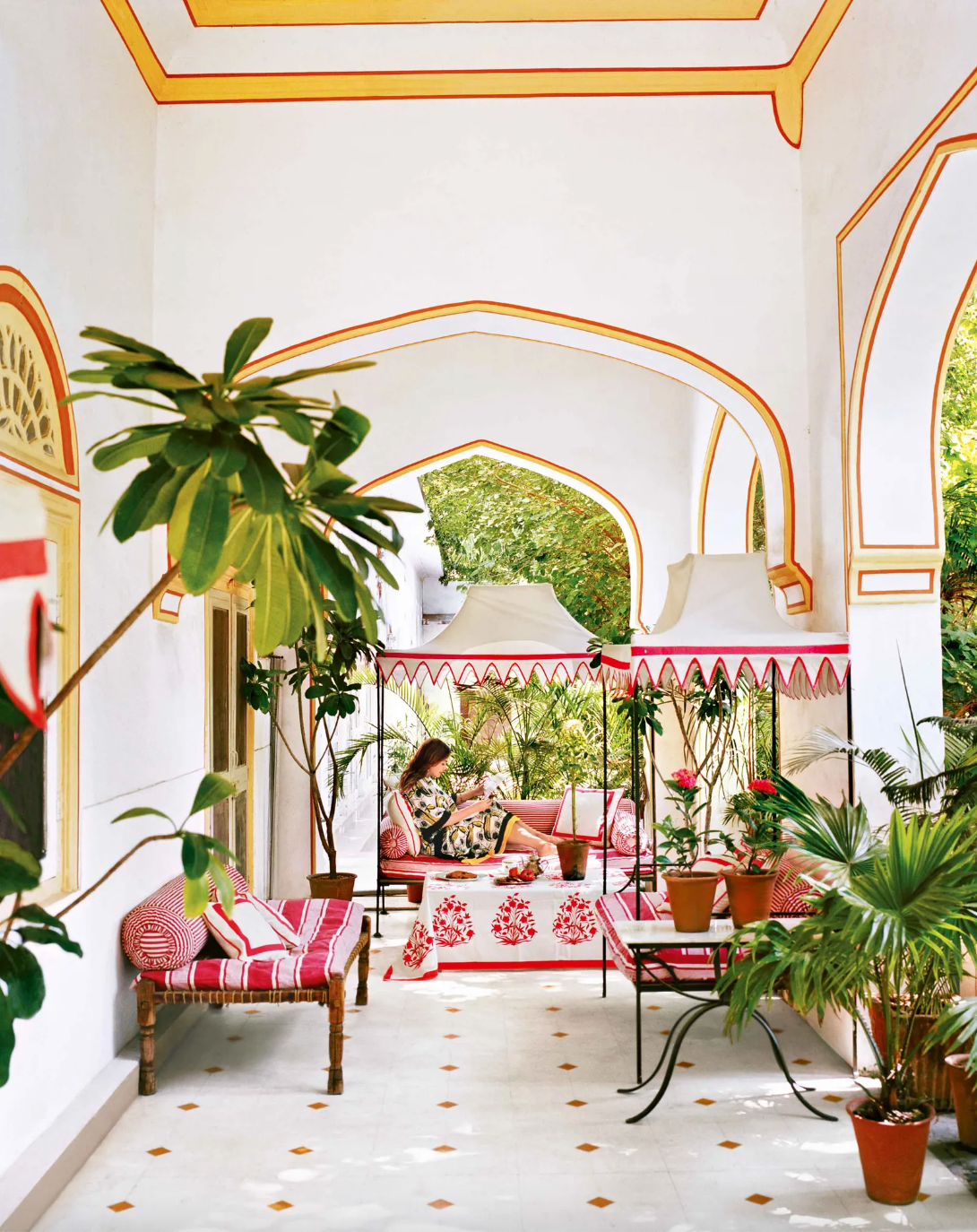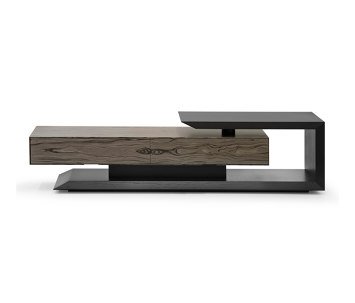Dopamine Decor Is the Feel-Good Interior Trend We Need
Brilliantly bold colors and patterns, eclectic prints, inviting textures, and an nostalgia-infused, unmissable vibe: This is “dopamine decor” in a nutshell.
Named for the feel-good neurotransmitter, dopamine decorating—an offshoot of “dopamine dressing” in the fashion world—“brings back memories of a carefree childhood when the bedroom walls had your favorite celebrity posters, playful [signs], eccentric lights, and objects that elicited a deep sense of joy,” explains Saniya Kantawala, an interior designer based in Mumbai. For her, the trend means “going all out.” But don’t mistake its liveliness for aesthetic anarchy: “While it may seem chaotic, it still ties together into an aesthetically pleasing design grammar,” she says.
Given that dopamine decor is all about instilling in a sense of warmth and happiness, what it looks like will differ somewhat from house to house. Getting it right will be deeply personal and individualistic for each homeowner. Professional designers should consider how to make space a reflection of their client’s personality via color, texture, and composition. “From having a specific bespoke, custom-made piece as your living room focal point to crafting something exclusive or handmade for the corner nook, transmitting dopamine via decor is subjective,” says Rahul Mistri, founder and principal designer for Open Atelier Mumbai. “However, one can add a touch of playfulness and adopt an organic approach to the whole exercise.”
Devika Khosla, creative director at The Works Interiors, recommends pairing vintage pieces with bold patterns and bright colors for a feeling of uplift. “Using oranges, pinks, yellows, lime greens, and cobalt blues in generous amounts brightens the space and keeps the joyful vibes alive,” she says.
In a living room, that might mean pops of color in furniture like console tables, credenzas, or end tables. In a space where a neutral sofa is a must, try out some bright upholstery or quirky cushions on a lounge chair for a bit of contrast. Keeping walls painted or wallpapered in pastel hues can help to balance the look. “Consider adding a vibrant touch to your coffee table or media console by incorporating elements such as colorful books, potted plants, and uniquely shaped candles,” says Sarabjit Singh, founder of Villa Ortiga, a multidisciplinary design firm in Delhi. Don’t let any particular narrative rule your selections, he advises: “A midcentury sofa may be placed next to a traditional divan or day bed as long as it is aesthetic and functional.”
In personal spaces like bedrooms or studies, plentiful pattern will enhance visual interest—and offer a healthy dose of whimsy. “Bold geometric designs, floral prints, and abstract patterns catch the eye and create a sense of movement via wallpapers, floor cushions, rugs, throw pillows, and wall treatments,” says Mistri. And in a kitchen, don’t underestimate the value of picking the right appliance finish. “Experiment with vintage appliance collections to bring in the ‘dopamine’ color pops,” says Khosla. “For the walls, a colorful backsplash with mosaic or subway tile is sure to add cheer.”



